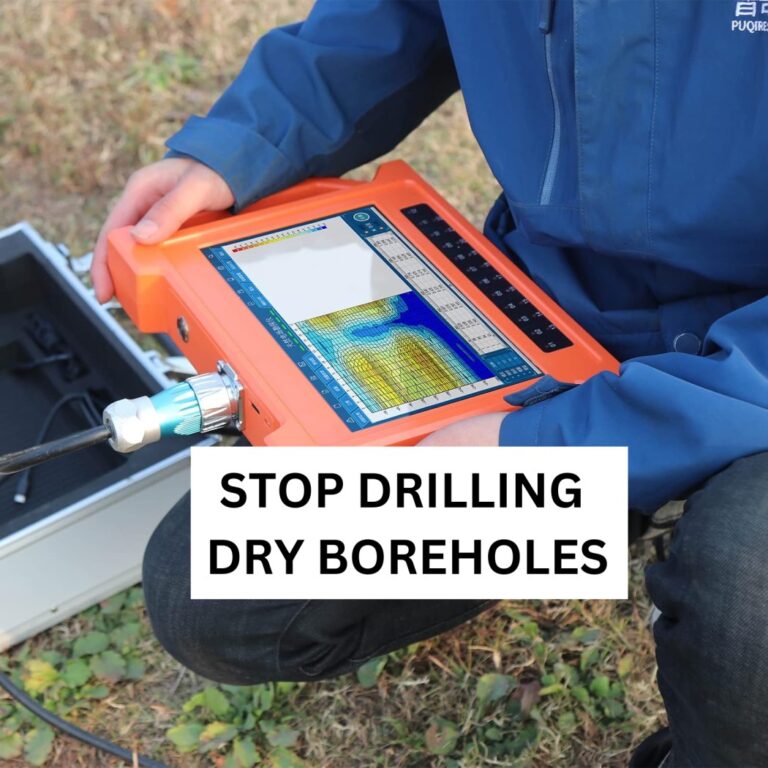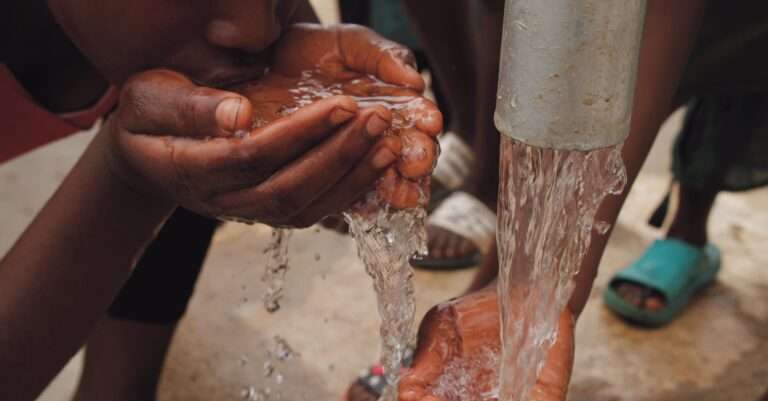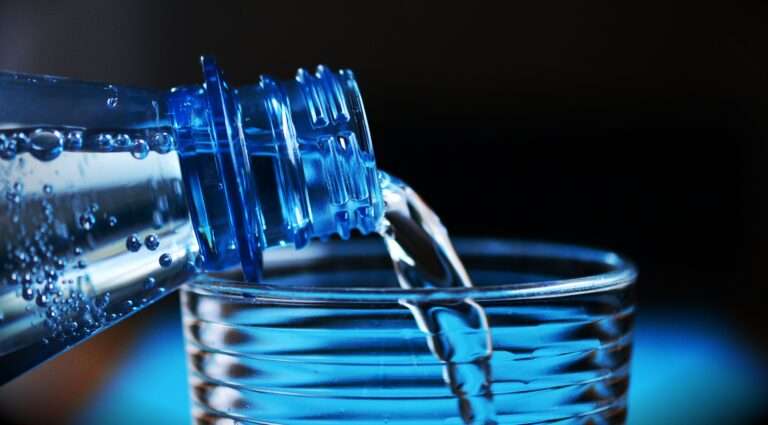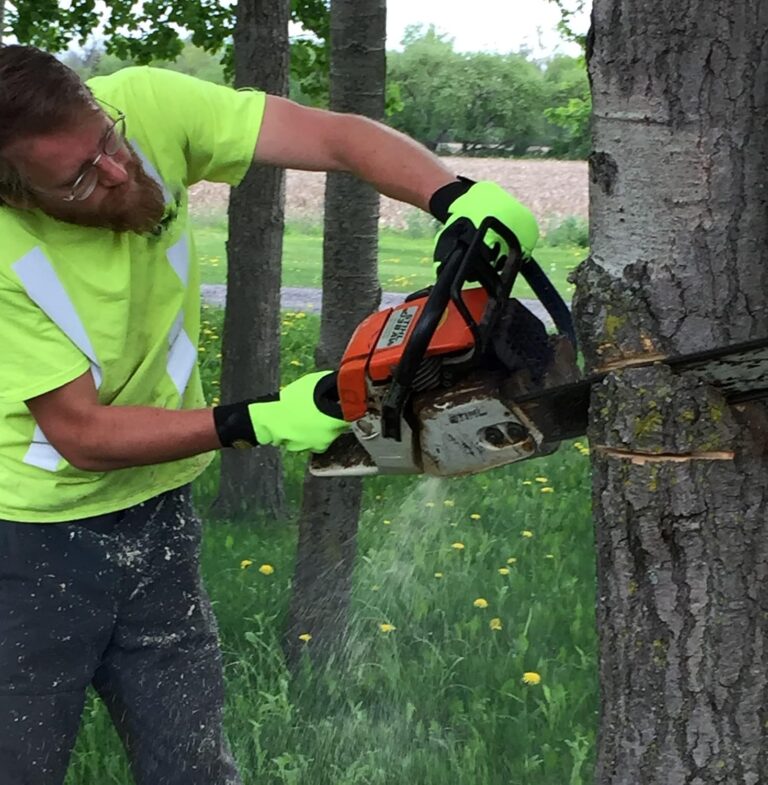Borehole Water Safety: Ensuring Safe Drinking
Dive into the “borehole water safety” world, where the subterranean elixir is vital to the community’s well-being.
Consider boreholes as both sources and lifelines, supplying communities with self-sustaining water.
However,
Hiding beneath the surface is critical: ensuring this liquid essence stays a safe thirst quencher.
What difference does it make?
Consider it a direct guardian of public health. Contaminated borehole water is more than just a risk; it’s a breeding ground for waterborne risks that may wreak havoc on our health, from infections to long-term health problems.
We’re revealing riddles in this post and giving you the tools you need to become the custodians of your water sanctuary.
Let’s unpack the essentials before you take a sip from the depths. Water quality, common contaminants, testing procedures, and treatment technology wizardry are critical in ensuring that your borehole water is more than simply water but a potion of purity.
So,
Let us go on this adventure together, unlocking the mysteries of borehole water safety because every drop counts in this watery story.
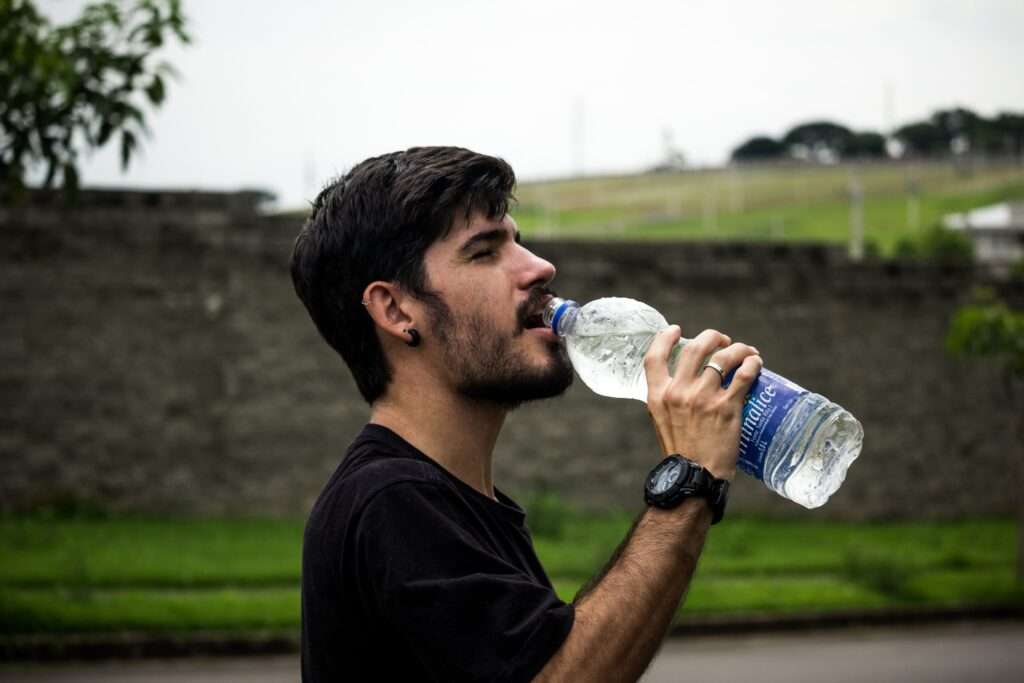
Table of Contents
Testing the Borehole Water Quality
In pursuing borehole water safety, testing is a reliable compass, guiding us through the complex water quality landscape.
- The Importance of Water Quality Tests. Routine tests act as sentinels, detecting potential hazards before they enter our bodies.
Regular examinations are the foundation of a proactive approach to ensure borehole water safety.
- Common Test Parameters. The pH, total dissolved solids (TDS), microbiological content, and chemical contaminants are all essential to assess.
Each measure peels back a layer, revealing critical information for determining water safety.
- Methods of Testing. DIY test kits are designed for the hands-on user, while professional laboratory tests provide in-depth information.
These testing possibilities enable borehole users to make informed decisions about their water supply.
Begin this journey with the knowledge that regular testing is more than just a chore; it is a shield that ensures every drop from your borehole is a testimonial to proper water safety.
Analyzing the Test Results
Interpreting the results of water quality tests is an art that transforms data into actionable insights.
Interpretation of Results
Deciphering test findings is akin to translating a pure language. This is your decoder, which reveals the safe levels for several metrics.
Consider it as converting cryptic data into a clear snapshot of water safety – an essential step in ensuring that your borehole water is as pure as it should be.
Health Risks and Contaminants
High pollution levels are more than statistics; they are warning signs of potential health hazards.
This is a spotlight on potential effects, emphasizing the need to address and reduce these risks as soon as possible.
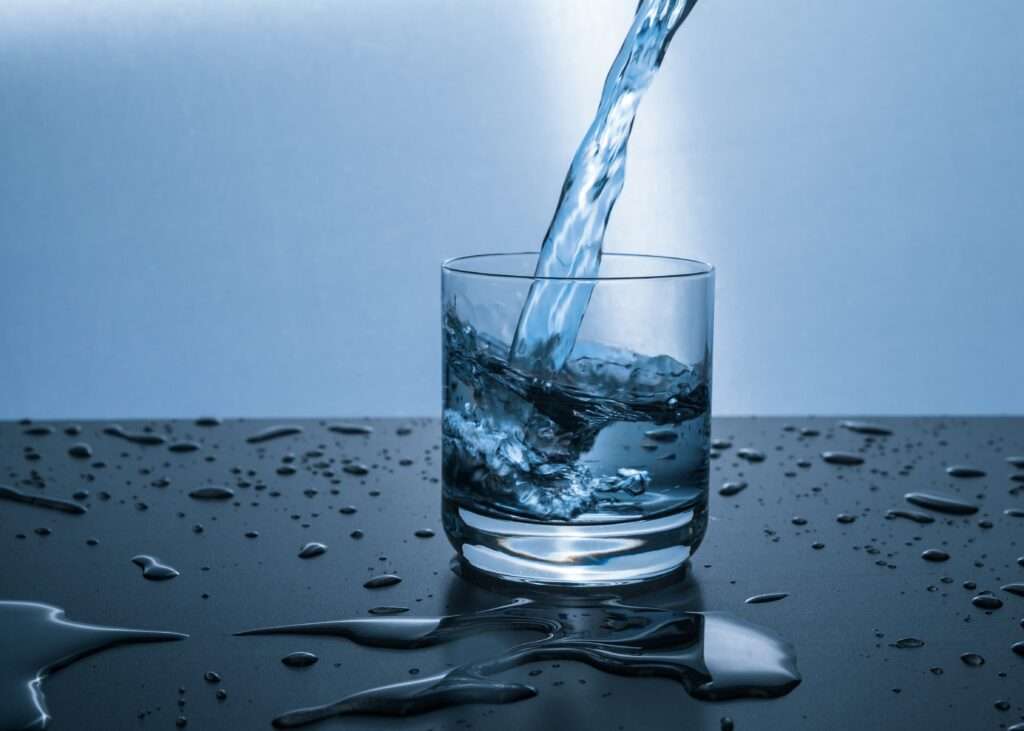
It’s not just about pollution; it’s about protecting your health.
So, let’s go into the repercussions because recognizing the hazards is the first step toward ensuring the purity of your borehole water.
Compliance with Standards
Consider testing results compared to drinking water standards as a litmus test for water safety. It’s not just about exceeding personal expectations; it’s also about adhering to gold standards established nationally or internationally.
Your borehole water isn’t only assessed against your preferences; it’s measured against a worldwide yardstick to ensure its safety and cleanliness are up to par.
Common Contaminants and Their Sources
Unseen opponents lurk in the depths of boreholes in the form of pollutants that must be identified and understood.
Identifying Common Contaminants
Borehole water is susceptible to contaminants such as bacteria, viruses, heavy metals, pesticides, and nitrates. Identifying these enemies is the first step in the water safety dance. It’s like putting a face to the adversaries—knowing who they are and what they’re up to.
So, let’s decipher the cast of characters in your borehole water drama. Identifying these frequent contaminants is the first step toward ensuring a watertight safety strategy.
Contaminant Sources and Pathways
Unravelling the sources and routes of contamination is akin to turning on a light in a dark room, revealing how problems enter. It’s not only about knowing who the bad guys are; it’s also about understanding how they get in.
That’s where appropriate good construction and regular maintenance come in—they act as robust shields, preventing toxins from infiltrating. Let’s light these paths and protect your borehole against hidden attackers.
Preventive Measures
Consider proactive steps to be your armour against contamination in the search for purity. This section will walk you through a world of preventive tactics, providing a toolkit for minimizing contamination and keeping your borehole as a clean water store.
It’s not just about reacting to problems; it’s also about building up strong defences ahead of time, ensuring that every drop of water from your borehole is a testimonial to cleanliness and safety.
Implementing Water Treatment Technologies
When the cleanliness of borehole water is questioned, the armory of water treatment methods is called upon.
Introduction to Treatment Options
Consider a swarm of guardians—filtration systems, UV disinfection, chlorination, and reverse osmosis—standing by to protect your water from toxins. Each brings a distinct superpower with varying functions, efficiency, and cost implications.
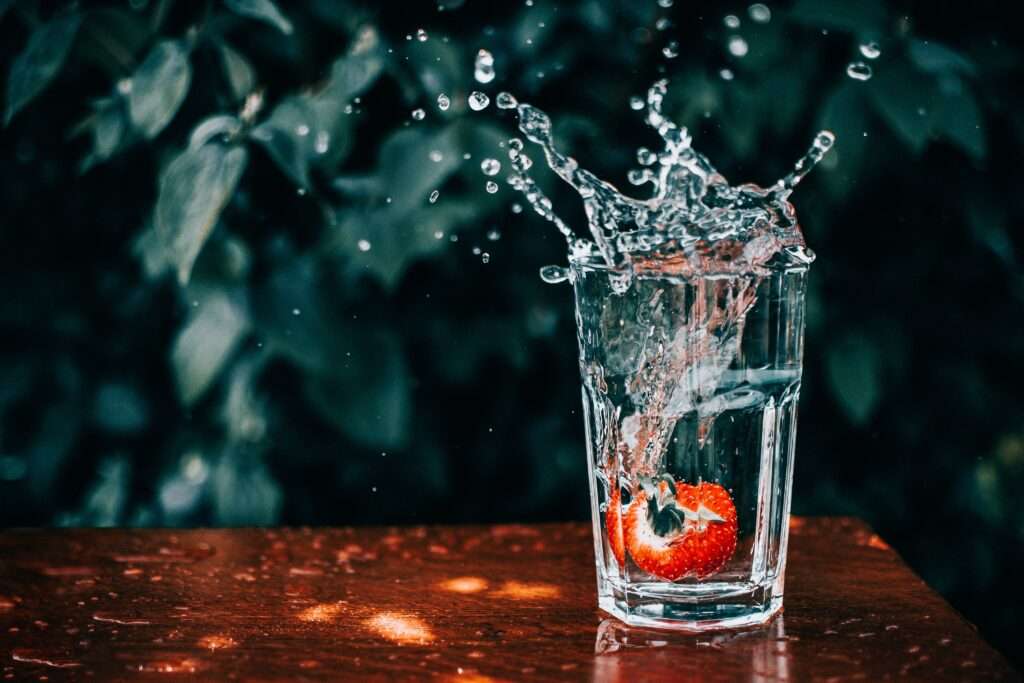
It’s like organizing a squad of superheroes to save your water. Let’s get to know these water-purifying champs and select the one that best meets your borehole’s requirements.
Efficiency and Cost Considerations
Choosing the best treatment process is akin to finding the ideal fit for your water’s requirements. This investigation into efficiency and economic issues serves as your road map, bringing you to the treatment method that best addresses your contamination concerns.
It’s not just about efficiency; it’s about striking a balance that ensures the cleanliness of your borehole water and the practicality of the option you choose. Let’s traverse this landscape together for a customized water-purification experience.
Tailoring Solutions
Consider therapeutic technologies tools in a customized toolset. Understanding these subtleties allows you to accurately personalize solutions to your borehole’s difficulties.
It’s not a one-size-fits-all situation; it’s about tailoring a response to your water’s specific requirements. Get into the specifics so you can choose the treatment system that best suits the characteristics of your borehole water.
Educating and Promoting Best Practices
Knowledge is the foundation of empowerment, and this section emphasizes the role of education in fortifying borehole water safety.
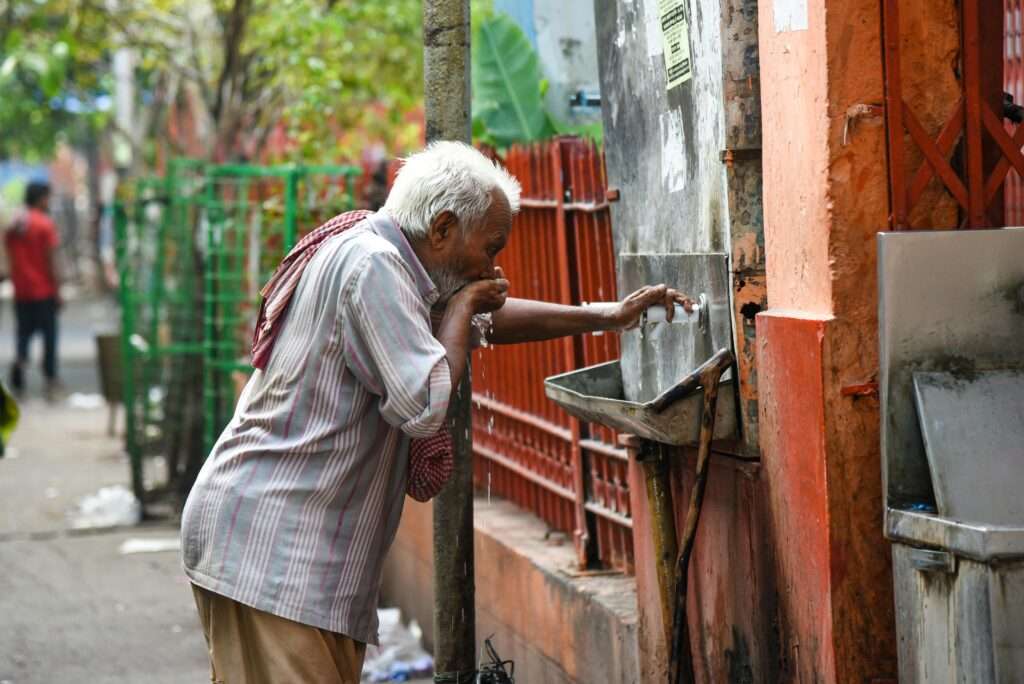
Importance of Education
Knowledge is quite powerful in the field of borehole water safety. Consider it the cornerstone, the base upon which communities can stand guard. Borehole users who are educated on water safety practices become the first line of defense against potential aquatic hazards.
Recommended Practices
Enter the suggested practices compendium, a handbook for ethical water users. Regular good inspections, adequate borehole sanitation, and safe water storage are vital in this water safety armoury.
Awareness Campaigns
Individual efforts, however, need to be increased. The significance of community-wide awareness efforts is highlighted.
These initiatives raise the duty beyond the individual by establishing a collective understanding of the consequences associated with hazardous drinking water, resulting in a shared commitment to ensure borehole water safety for all.
Knowledge becomes a beacon in this communal effort, directing communities toward a future where safe drinking water is a right and a reality.
Government Regulations and Support
Government laws take centre stage in the delicate ballet of water safety, choreographing adherence and accountability.
Role of Government Agencies
Government agencies take on the role of guardians, with the authority to impose norms and recommendations.
Consider these lighthouses illuminating the way for borehole water quality; their impact is critical in establishing a safe water environment. Their participation is not only meaningful but also required.
Reporting Procedures
However, it is not a one-way street. Individual empowerment is the next phase. Reporting processes are more than just bureaucratic checkboxes; they link communities and the government’s support systems.
Giving people the means to express their concerns and seek help creates a dynamic interaction that builds a feeling of communal responsibility.
Government Initiatives
Then, government measures and strategic moves demonstrate a more significant social commitment to water safety. Borehole-specific programs and subsidies clearly represent the shared obligation to ensure that safe drinking water is not a privilege but a right available to all.
Government laws and assistance emerge as orchestrators in this symphony of initiatives, guiding a harmonized melody that echoes the commitment to a water-safe future.
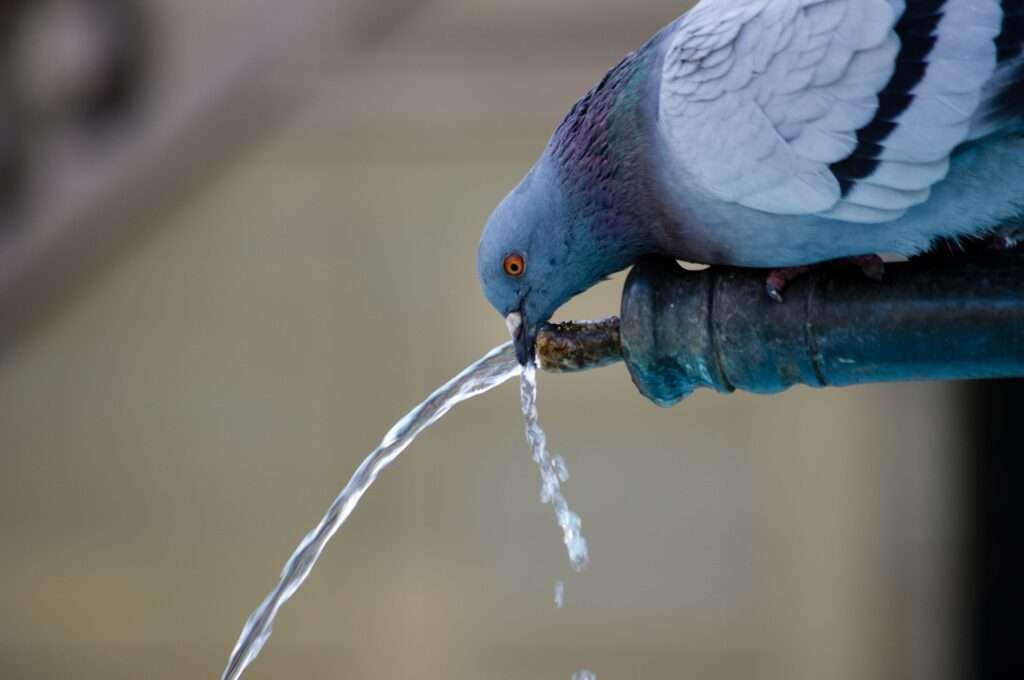
Conclusion
Our tour has been a revelation in the area of borehole water safety, revealing the complexities that define this liquid lifeblood. As we conclude this investigation, synthesizing crucial facts creates a vivid picture of why ‘borehole water safety’ is more than a phrase but a guarantee.
Recapping the essentials—water quality, contaminants, testing, treatment, and education—confirms the complex considerations required to secure our water sources.
The significant importance of guaranteeing ‘borehole water safety’ reverberates in every drop, underlining its impact on human health and communal well-being.
However, this is not simply a conclusion but a call to action.
It encourages readers to be more than just consumers, stewards of their water resources. We collectively embark on the journey toward safe borehole water, ensuring everybody a healthier, purer future through vigilance and education.
The curtain falls on a commitment to water safety rather than a theme in this last act.
Related Topics
How to Treat Salty Borehole Water at Home


